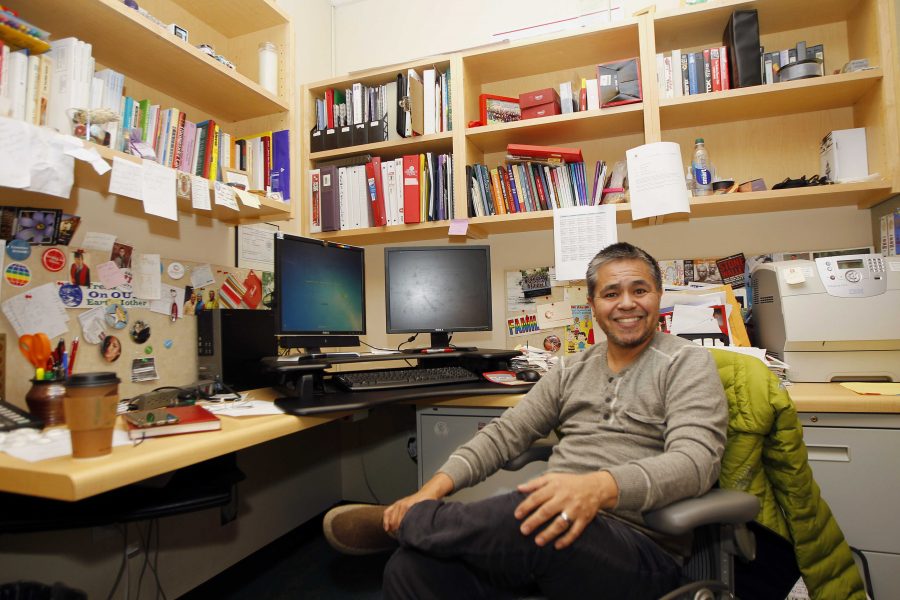C. Kai Medina-Martinez, director of the U’s LGBT Resource Center, is conducting research on the experience of transgender faculty and staff at higher education institutions.
“Essentially, there is nothing that exists in research concerning faculty and staff,” Medina-Martinez said in respect to transgender studies. “More research in higher education is based on the experience of LGBT students.”
Medina-Martinez is performing this research as part of their graduate work for their Ph.D. program. The research is a multiple case study examining how faculty and staff in their respective institutions experience their specific transition from birth assignment to new gender.

“I’m not looking at the obstacles these people face but rather their experience,” Medina-Martinez said.
The aim of the study will hopefully be applied to help universities better accommodate similar situations as they arise. After reaching out to other LGBT Resource Centers across the nation, and through networking at conventions, Medina-Martinez found three transgender faculty members at other institutions willing to be involved in the study.
The research explores the process of changing one’s name, with colleagues, students and other staff, but also in internal information systems and making names and pronouns consistent between various systems.
“The pronoun that they request to go by is not always honored, not intentionally,” Medina-Martinez said. “We sometimes get certain tapes in our minds that are difficult to change. [This study] is about how they navigate that.”
Medina-Martinez has not found a university with guidelines of how to proceed and who to go to in order to disclose situational information. Part of the experience of the people involved in this study, they said, is recording how they found someone who they could trust — whether they are their supervisor, department chair, human resources representative or someone else in a position of authority who could help guide the person.
Another goal of the study is to provide direction on how to improve public spaces and create an atmosphere on campuses that is more accommodating for transgender people. One particular experience Medina-Martinez related from the study is that of transgender people and public spaces, such as restrooms. Some of the participants in the study, on the trans-masculine spectrum, disclosed a fear of running into male colleagues in bathrooms and causing discomfort for them.
They believes this a great opportunity to recruit more people from diverse backgrounds on a spectrum that not only embraces race, ethnicity and religion, but also sexual orientation and gender expression.
“We have more students, at least on this campus, that are coming out as transgender,” Medina-Martinez said. “We don’t have faculty and staff doing the same, but this is about how to make it so that they can do so in a smooth manner.”
Markel Martinez, a senior in health promotion and education, said increasing diversity on campus is a benefit for the whole institution.
Martinez said, “It’s only going to add to the education and experiences if students are exposed to different ways of thinking.”
b.hart@dailyutahchronicle.com
@BeauHart13


